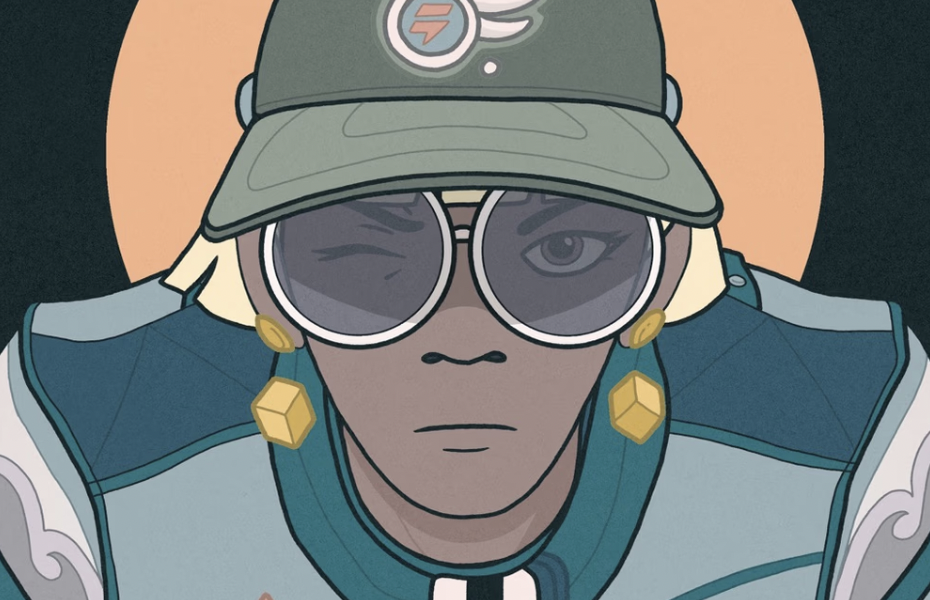Renga NFTs: A Guide to the Collaborative Storytelling PFP Collection
Renga is an NFT project as enigmatic as the “black box” NFTs that started it all off. Since launching in June 2022, the project has done more than 40,000 ETH in volume and has a current floor price of 1.1799 ETH.
Despite the lack of a roadmap, little in the way of traditional NFT utility, and a mostly-private artist and founder, the project has maintained a healthy community sentiment, buoyed primarily by what some people call the best PFP art in all of Web3.
But what is Renga, and how has it found its success?
What is Renga?
Renga is a 10,000-piece NFT collection named after an ancient form of Japanese poetry. With Renga, a group of poets each takes turns writing stanzas, one at a time, to create a longer poem.
This style of poetry serves as a metaphor for the vision of the Renga NFT collection: the NFTs — which are beautifully rendered in a fluid, colorful, retro-futuristic art style — are like the first line in a longer story that the community is urged to carry on to completion.
As the collection’s website says: “Renga gives us the freedom to create anything we put our minds to.”
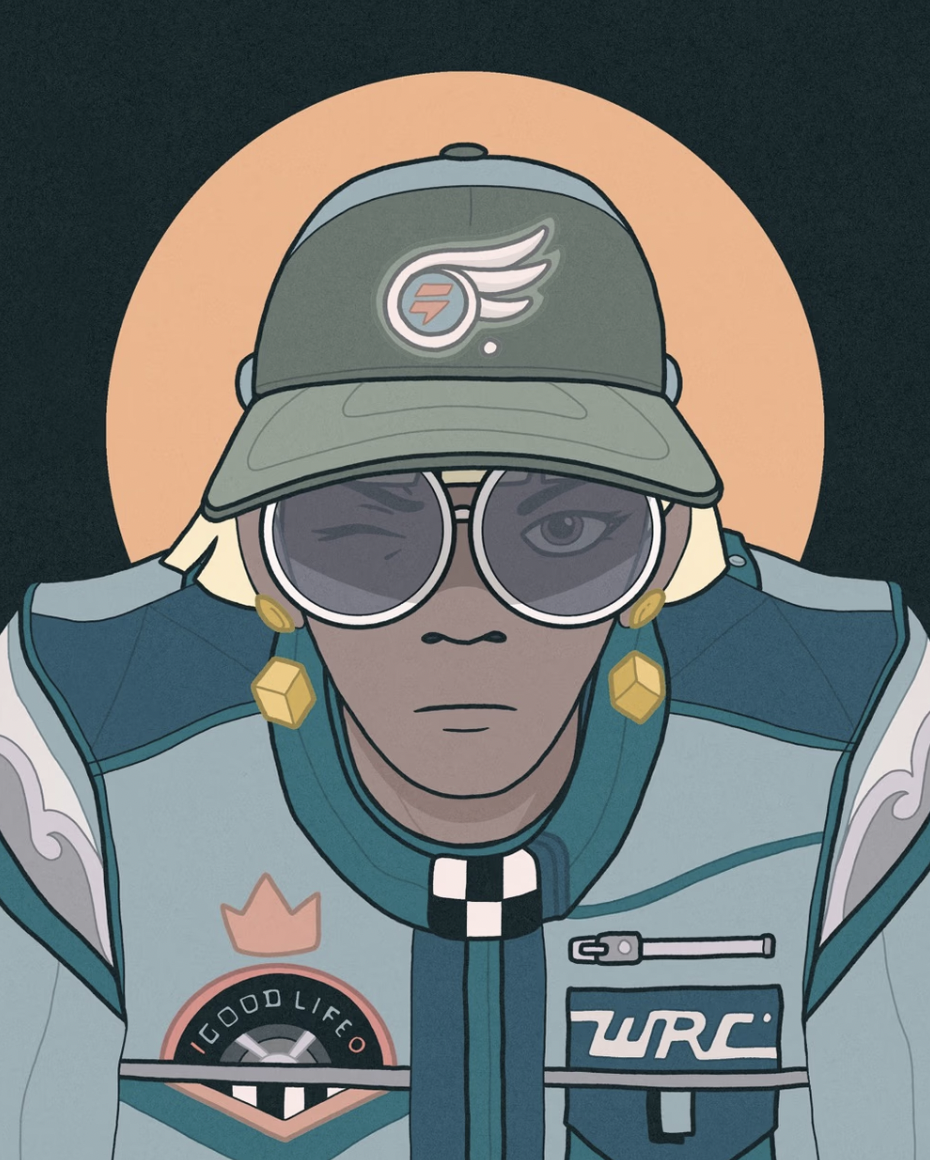
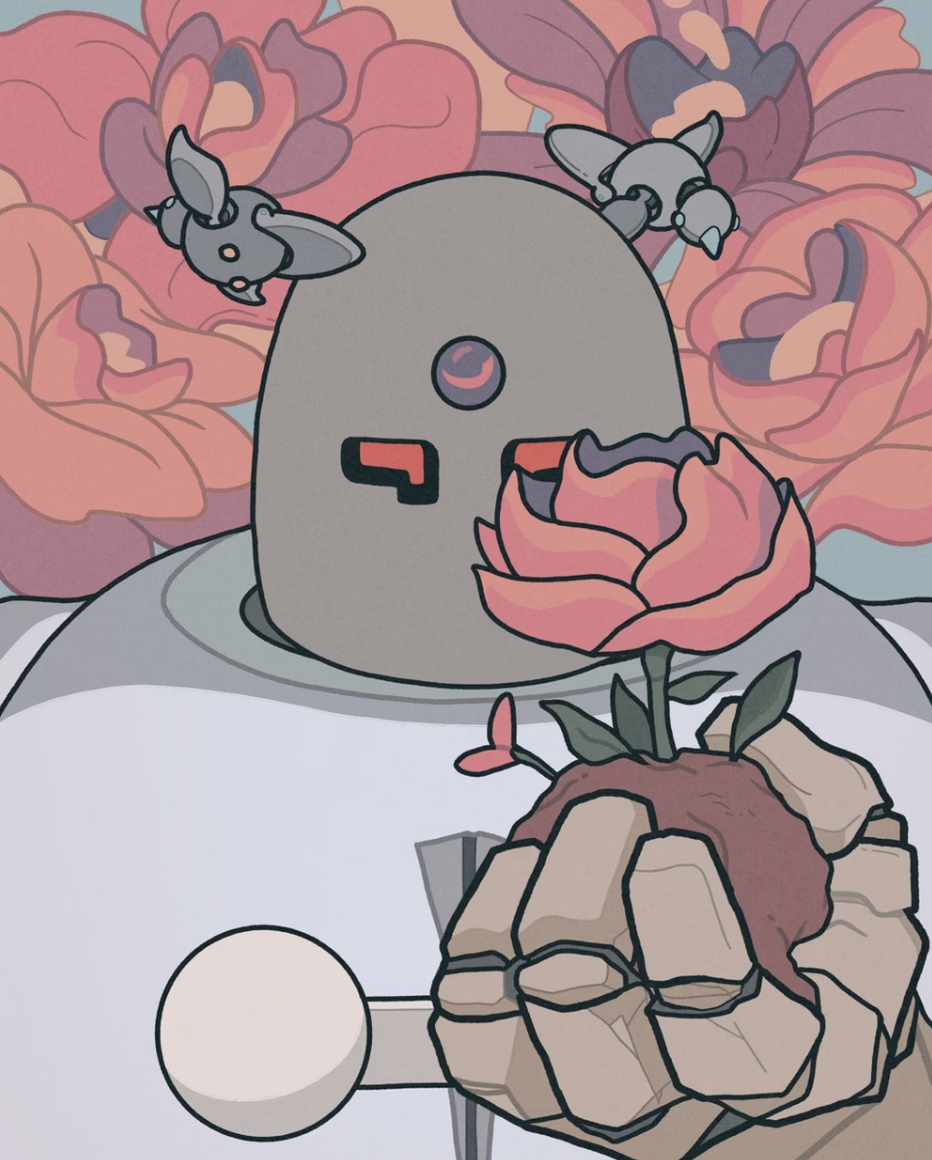
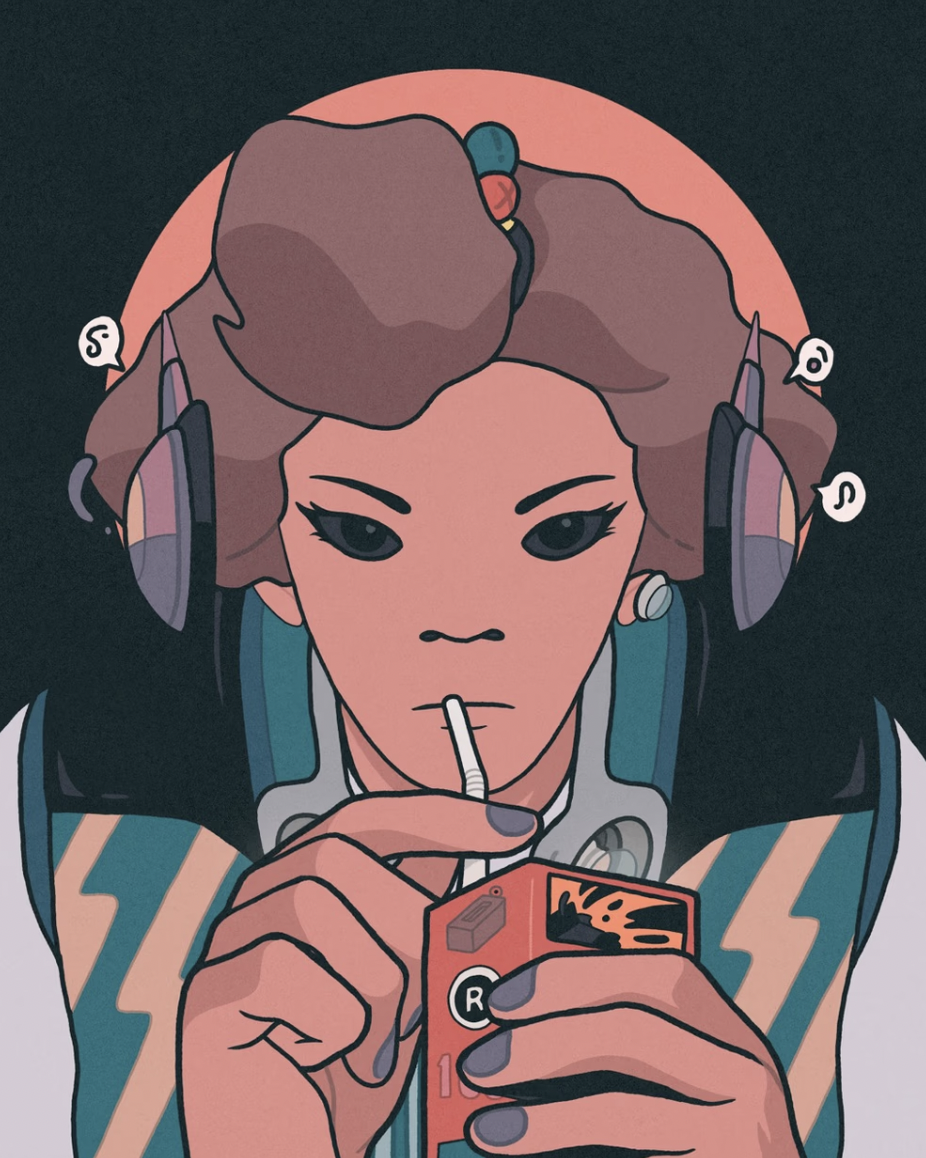
The Renga NFT story started in March 2022, when comic artist Daniel Isles, better known by his alias DirtyRobot, released his The Art of Seasons NFTs, a collection of dynamic illustrations featuring the four seasons. Isles’s earlier success as a 1/1 artist, including sales for more than $70,000, led to a sellout of his debut collection.
But Isles didn’t stop there. In the summer of 2022, Isles airdropped “The Art of Seasons” holders mysterious Black Box NFTs they could burn for a PFP from an art collection called Renga. The Black Box NFTs alone have done over 10,000 ETH in volume, and more than 1,000 still have yet to be burned.
With a vision to be a platform for perpetual storytelling through multiple mediums, Isles created an NFT collection that was so detailed and alluring that it took Twitter and the NFT space by storm. Indeed, some even claim it’s one of the best art PFP projects in Web3.
Since then, Isles and his team have released multiple digital comics on Renga’s social platforms, including a Manga series about a boy who finds a mysterious black box. They’ve also recently created a collaborative merch drop with Aesthetics.
Who’s the artist behind Renga?
The driving force behind the project is Isles, who was born in Birmingham, UK, and currently resides in Hokkaido, Japan. He had early interests in creating comics and streetwear as a child. Matched with his obsession with old Kung fu movies and Transformers cartoons, it’s no wonder you see the blending of East and West, future and past, mechanical and organic in his Renga art.
However, Isles himself refuses to define his style. In an interview with Hypebeast, he said his style is a “constantly evolving…work in progress on a daily basis.”
Despite his reluctance to be confined by any one label, Isles’s art style is a unifying force that has made the Renga NFT collection so inspiring to its holders. This is especially evident in the collection’s 11 archetypes, which feature distinctive visual styles that are both unique and cohesive.
The 11 archetypes in the Renga NFT collection have encouraged the community to create their own unique narratives around the collection. Some Renga holders craft backstories for their NFTs, while others produce illustrations using their Rengas as inspiration.
Although Isles and his team continue to provide new stories and inspirations for the community, Isles has also shared his talents with other NFT collections since the Renga’s launch. For example, he contributed a piece called Inner City to the Curious Cabins collection by Stefan Große Halbuer, and he created Bear Survival Tactics for the 6529 collection. Isles’s versatility and distinctive art style make him a sought-after collaborator in the NFT space.
Why is Renga successful?
On the surface, what Renga has provided its community since launch — some merch drops, a few webcomics, and access to a handful of events — might get other projects accused of rugging their holders. But there’s no such sentiment here; holders are proud of their Rengas.
By way of explaining the collection’s success, some might say the utility is the art itself. But that assessment may miss the point. If people want art as a utility, they can buy a 1/1 NFT from any one of hundreds of artists. Renga seems to represent something deeper than that.
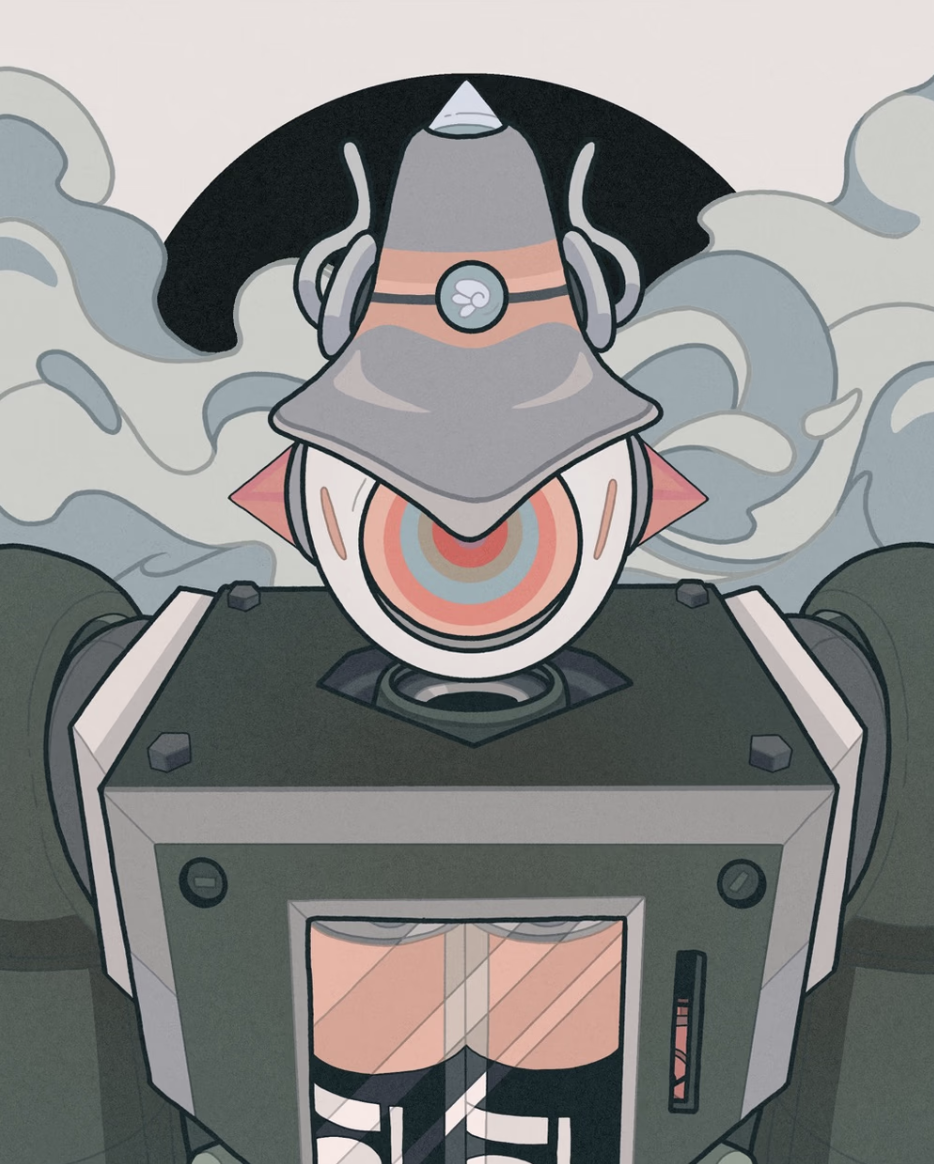

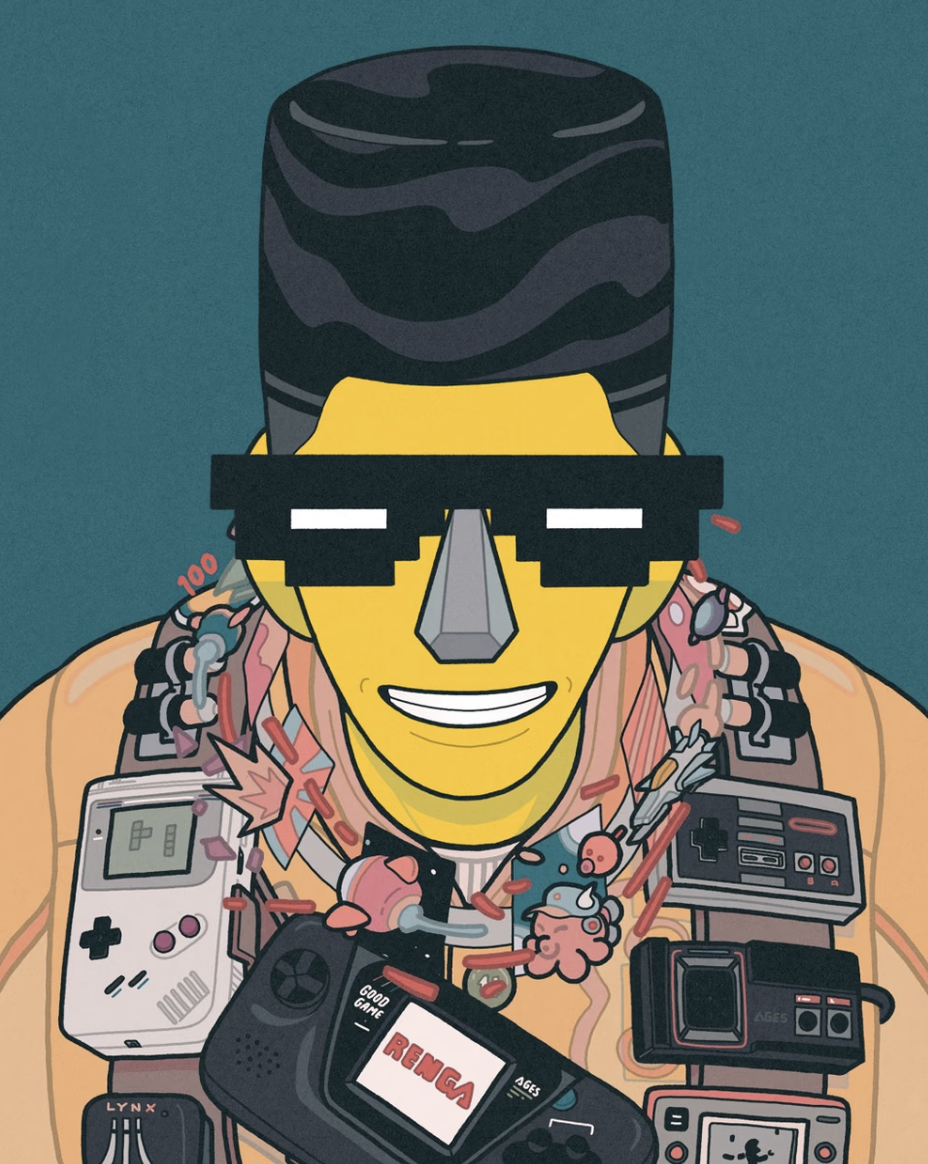
It’s a means for collectors to gather together — like children around a campfire — to create stories out of an NFT collection. By owning a Renga, you get to add another line to the story of NFTs and perhaps even of art writ-large.
The utility of Renga, therefore, may be something closer to inspiration.
Importantly, there is no roadmap for the project. Isles told One37pm that a roadmap would “hinder artists as opposed to helping” them. Instead, Rengas are a gift to the community to tell the story however they please. The collection’s website puts it best here in reference to the original Black Box NFTs and the art’s mysterious nature:
“Together, we will uncover the enigma.”
The post Renga NFTs: A Guide to the Collaborative Storytelling PFP Collection appeared first on nft now.

